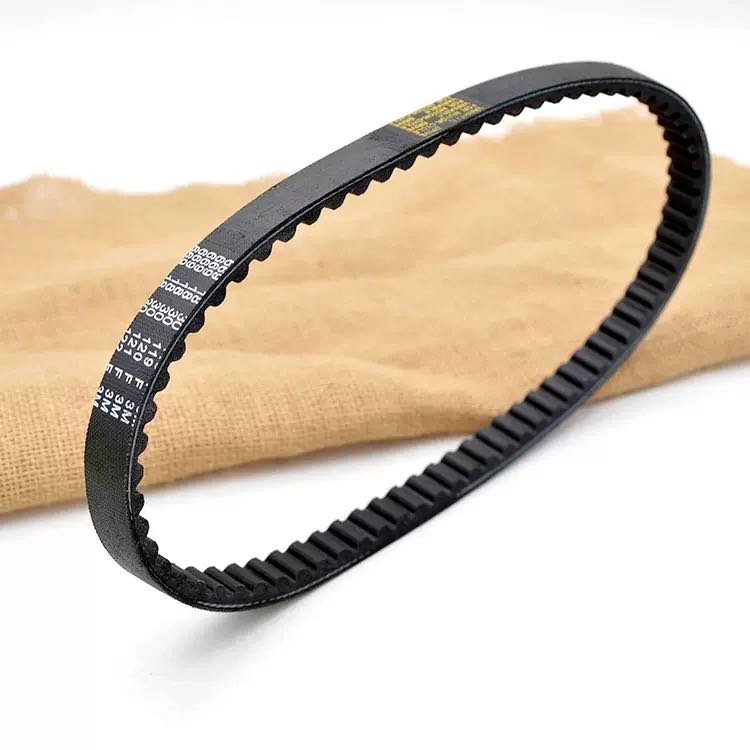- Arabic
- French
- Russian
- Spanish
- Portuguese
- Turkish
- Armenian
- English
- Albanian
- Amharic
- Azerbaijani
- Basque
- Belarusian
- Bengali
- Bosnian
- Bulgarian
- Catalan
- Cebuano
- Corsican
- Croatian
- Czech
- Danish
- Dutch
- Afrikaans
- Esperanto
- Estonian
- Finnish
- Frisian
- Galician
- Georgian
- German
- Greek
- Gujarati
- Haitian Creole
- hausa
- hawaiian
- Hebrew
- Hindi
- Miao
- Hungarian
- Icelandic
- igbo
- Indonesian
- irish
- Italian
- Japanese
- Javanese
- Kannada
- kazakh
- Khmer
- Rwandese
- Korean
- Kurdish
- Kyrgyz
- Lao
- Latin
- Latvian
- Lithuanian
- Luxembourgish
- Macedonian
- Malgashi
- Malay
- Malayalam
- Maltese
- Maori
- Marathi
- Mongolian
- Myanmar
- Nepali
- Norwegian
- Norwegian
- Occitan
- Pashto
- Persian
- Polish
- Punjabi
- Romanian
- Samoan
- Scottish Gaelic
- Serbian
- Sesotho
- Shona
- Sindhi
- Sinhala
- Slovak
- Slovenian
- Somali
- Sundanese
- Swahili
- Swedish
- Tagalog
- Tajik
- Tamil
- Tatar
- Telugu
- Thai
- Turkmen
- Ukrainian
- Urdu
- Uighur
- Uzbek
- Vietnamese
- Welsh
- Bantu
- Yiddish
- Yoruba
- Zulu
8월 . 12, 2024 11:12 Back to list
Leading Manufacturers of Durable Flat Belts for Industrial Applications and Custom Solutions
Understanding Flat Belt Manufacturers A Key Player in Conveyor Systems
In the industrial landscape, flat belts play a pivotal role in various applications, particularly in conveyor systems. As a vital component that aids in the efficient transportation of materials, flat belts serve numerous industries, including manufacturing, packaging, and food processing. Understanding flat belt manufacturers is crucial in selecting the right product for specific applications.
What are Flat Belts?
Flat belts are longitudinal strands made from various materials, including rubber, fabric, and plastic. Their primary function is to transmit power between pulleys while carrying goods or materials along a surface. Unlike traditional V-belts, flat belts are characterized by their uniform widths and thickness, which allow for smoother motion and better material handling.
The Role of Flat Belt Manufacturers
Flat belt manufacturers design and produce a wide variety of belts tailored for different applications. Their expertise lies not only in the production of belts but also in offering solutions that enhance system performance. Manufacturers often collaborate with engineers and designers to create belts that meet specific load capacities, environmental conditions, and operational speeds.
Key Considerations in Flat Belt Manufacturing
1. Material Selection Flat belts can be made from various materials based on the operational demands. For instance, rubber belts are commonly used in heavy-duty applications due to their durability and flexibility. On the other hand, fabric belts may be more suitable for lighter applications where lower friction and reduced weight are desirable.
flat belt manufacturers

2. Custom Design Many manufacturers offer customized solutions, designing belts of specific sizes, strengths, and properties to match unique operational needs. Custom designs ensure that the belt works seamlessly within an existing system, minimizing the risk of breakdowns and maximizing efficiency.
3. Quality Assurance Quality control is crucial in flat belt manufacturing. Reputable manufacturers use advanced technology and stringent testing procedures to ensure that their products meet industry standards and customer expectations. This includes assessing the tensile strength, elongation, and wear resistance of the belts.
4. Innovation The landscape of manufacturing is constantly evolving, and so are the technologies involved in flat belt production. Manufacturers are increasingly adopting automation and advanced materials to enhance performance. Innovations, such as the use of synthetic fibers and coatings, improve the belt's resistance to heat, chemicals, and abrasion, significantly extending its lifespan.
Applications of Flat Belts
Flat belts are used in a wide range of applications, including
- Conveyor Systems Industrial conveyor belts are perhaps the most common use for flat belts, facilitating the movement of products from one point to another in a manufacturing facility. - Agricultural Equipment Flat belts are also prevalent in agricultural machinery, providing power transmission for harvesters and other farm equipment. - Textile Industry They are utilized in various textile machines, assisting in the movement of fabrics and materials during production processes.
Conclusion
Flat belt manufacturers are essential contributors to the efficiency of numerous industries. By understanding the intricacies of flat belt production, businesses can make informed decisions when selecting belts for their specific applications. As technology continues to evolve, we can expect that flat belt manufacturers will keep innovating, ensuring that they meet the changing demands of the industry while enhancing performance and reliability. Investing in quality flat belts from reputable manufacturers is a key step toward ensuring operational success and longevity in various industrial applications.
-
Korean Auto Parts Timing Belt 24312-37500 For Hyundai/Kia
NewsMar.07,2025
-
7PK2300 90916-T2024 RIBBED BELT POLY V BELT PK BELT
NewsMar.07,2025
-
Chinese Auto Belt Factory 310-2M-22 For BMW/Mercedes-Benz
NewsMar.07,2025
-
Chinese Auto Belt Factory 310-2M-22 For BMW/Mercedes-Benz
NewsMar.07,2025
-
90916-02660 PK Belt 6PK1680 For Toyota
NewsMar.07,2025
-
drive belt serpentine belt
NewsMar.07,2025

